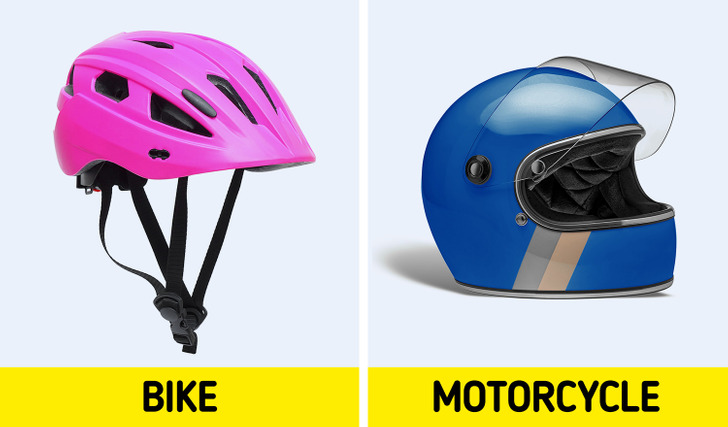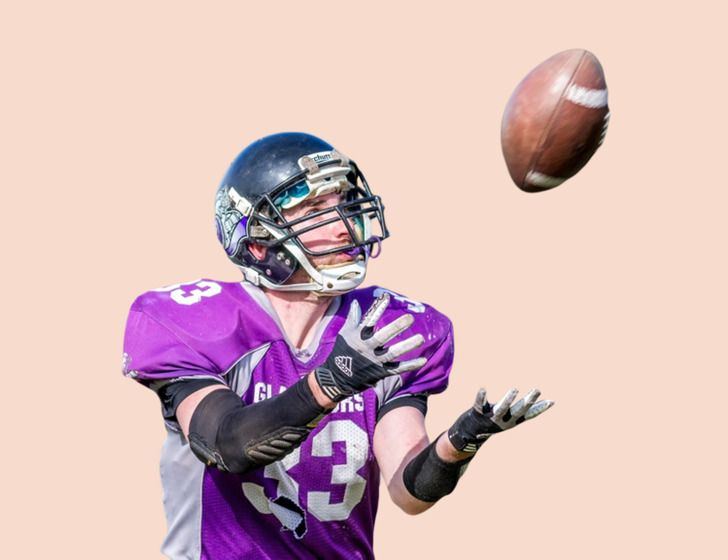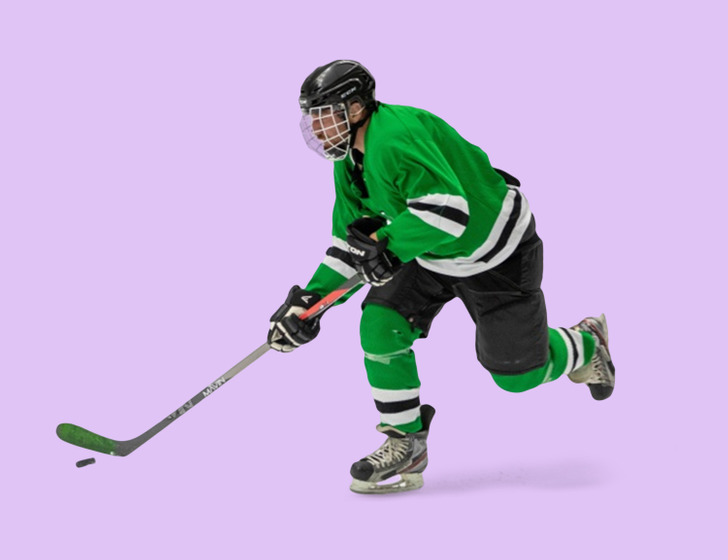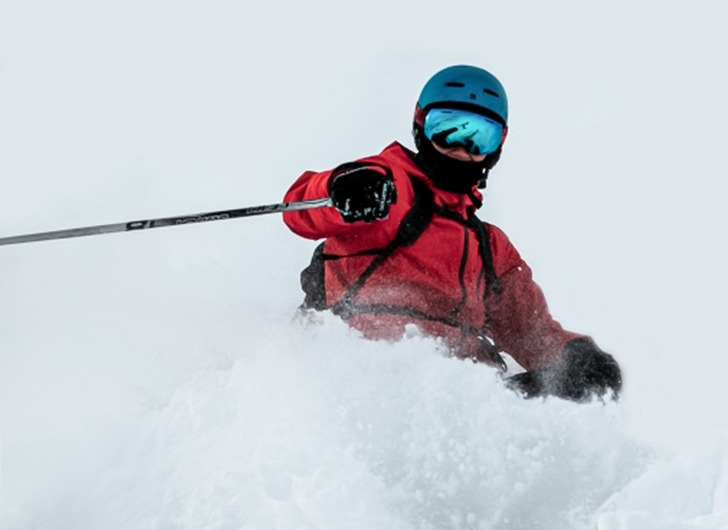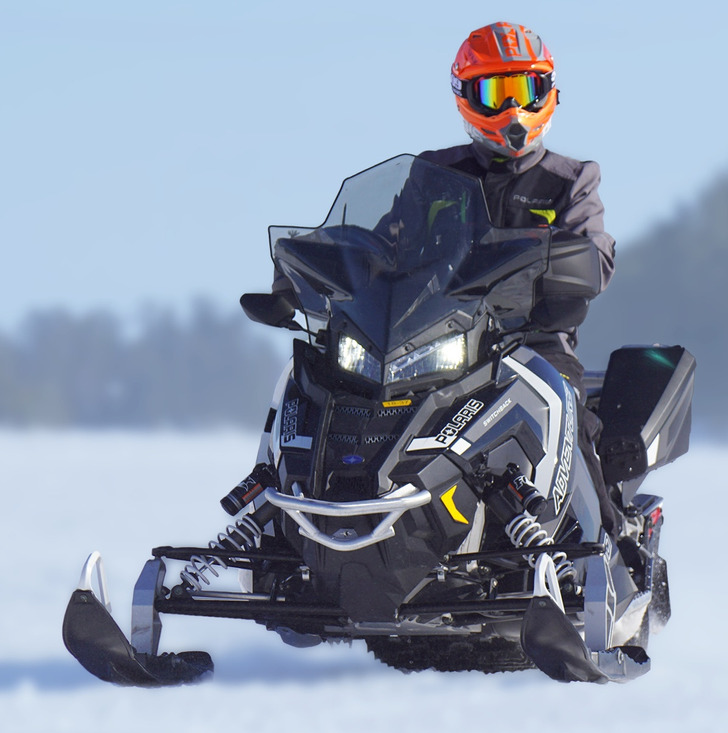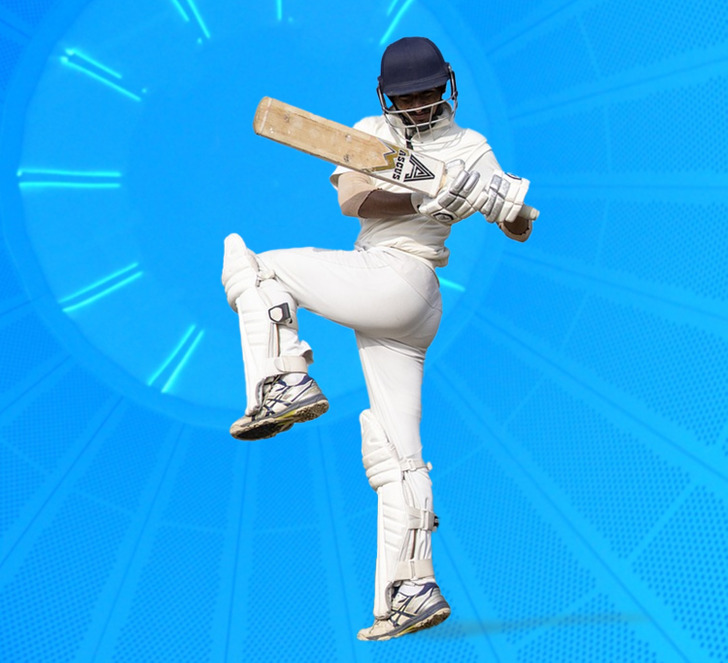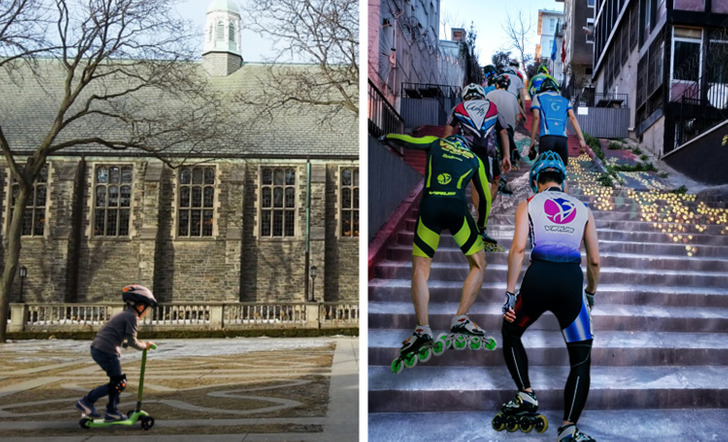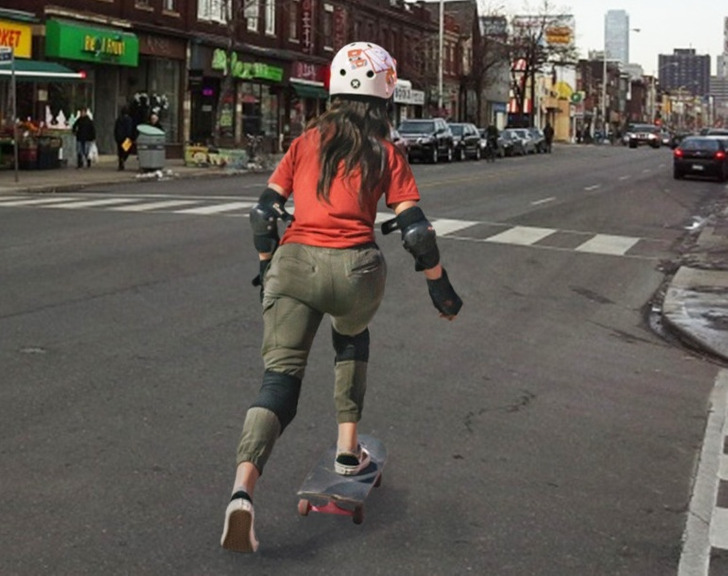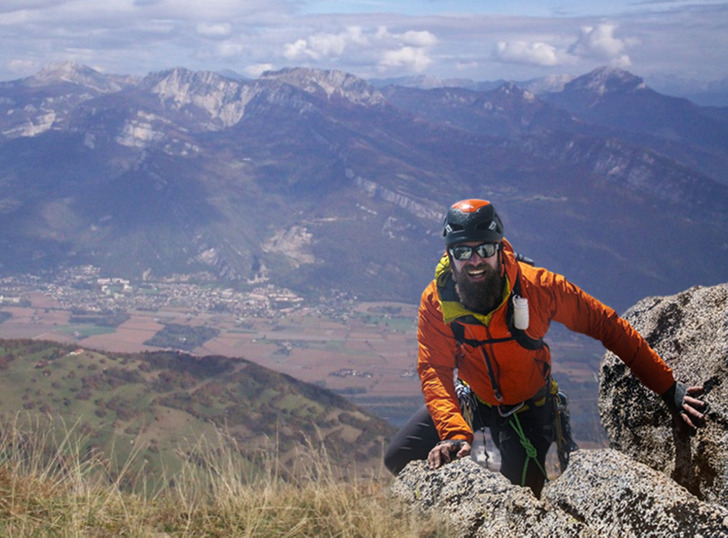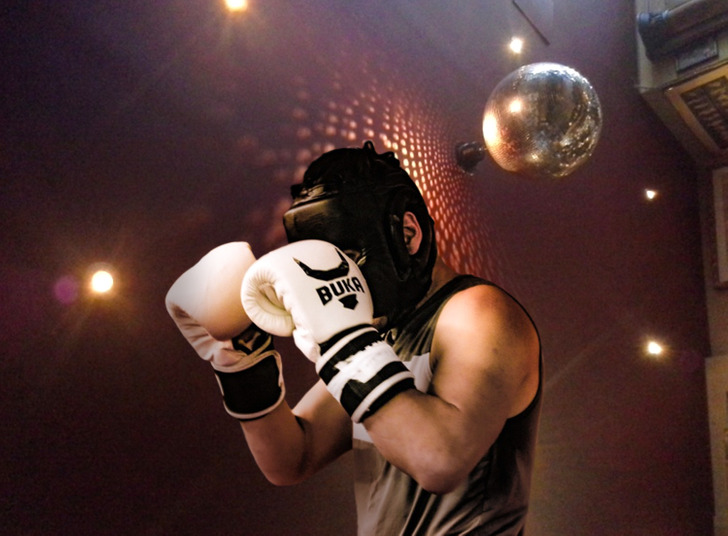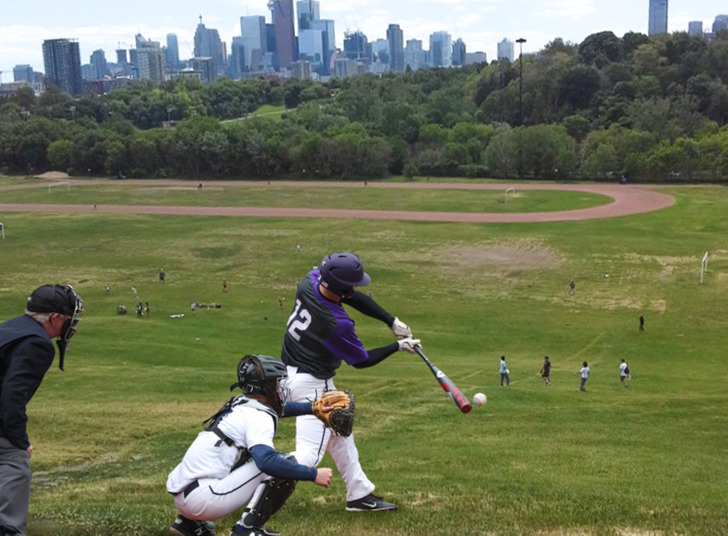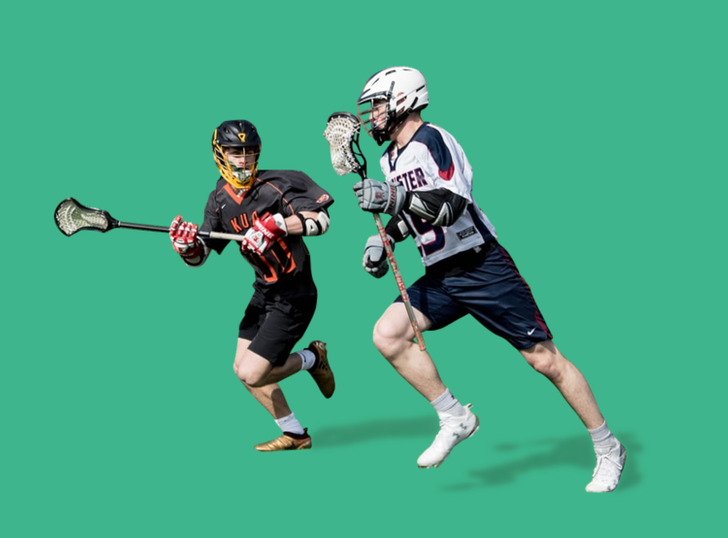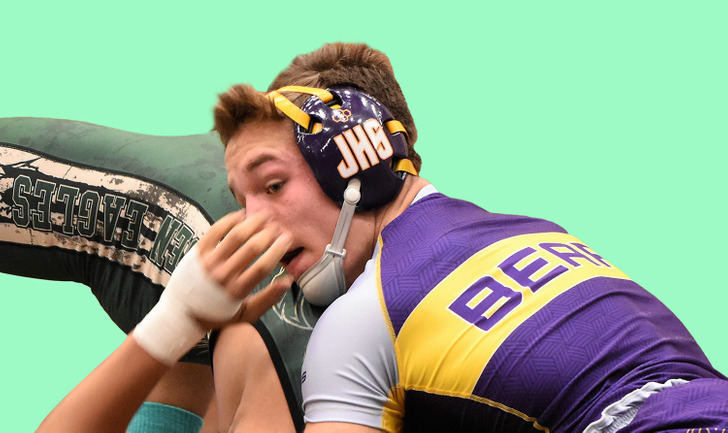A Guide to Helmets
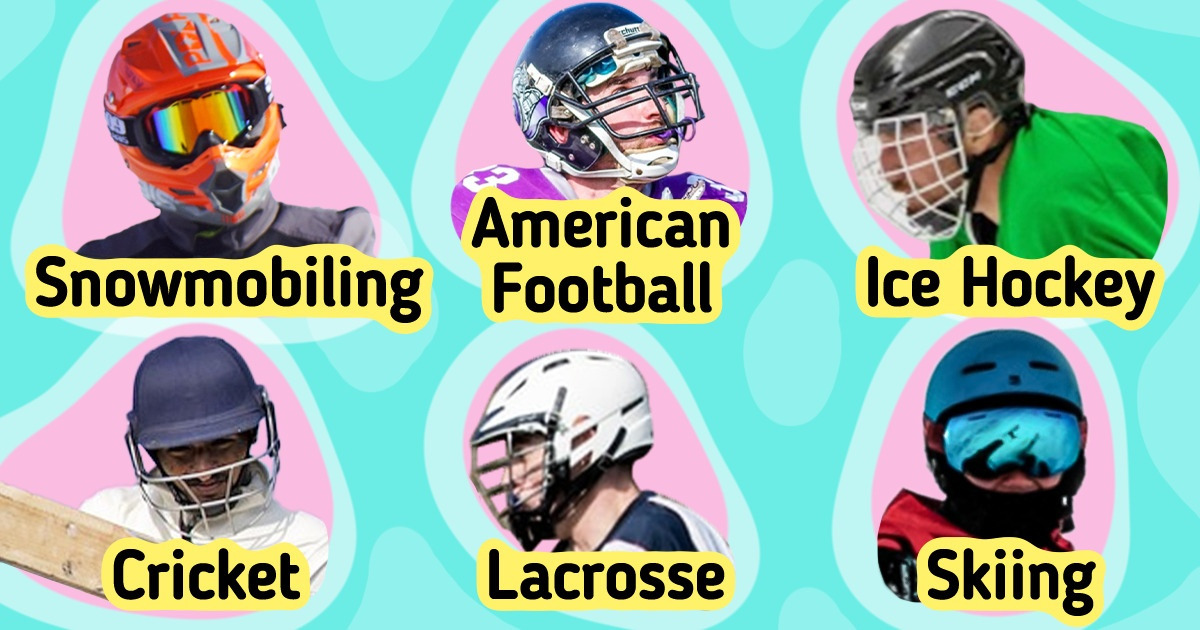
A helmet is a type of headgear that reduces the risk of injury to the head during recreational activities or while doing sports. It’s vital to wear a helmet because, upon a possible fall or collision, the energy is first absorbed by the helmet, not by your head or brain, and without it, you may be open to head trauma and other dangers.
5-Minute Crafts prepared this guide to show the types of global sports that require helmets.
Get familiar with the must-knows when it comes to helmets.
- Helmets are made of light and durable materials — they don’t apply pressure on the head. They’re usually covered with soft fabrics on the inside to absorb any possible blows or shocks.
- Pick high-quality helmets because cheap and poor-quality ones can break and leave you in great danger. A good one should be comfortable, snug, and fit appropriately, and the chinstrap needs to fasten securely.
- The helmet’s surface must be smooth. Unnecessary elements like horns, Mohawks, stickers, etc., may prevent you from sliding after a fall. Therefore, pick safety first, not style.
- Adults and children should pick a helmet that is suitable for their heads. Not all helmets are the same, so you need to wear specific helmets for different sports or activities. For example, bike helmets are made of rigid foam shells with holes that enable air circulation and the reduction of sweat build-up. Motorcycle helmets consist of a polystyrene foam inner shell with a protective plastic layer.
1. American football helmets
American football is a challenging contact sport involving fierce competition between 2 teams. The opposing team players may even try to jump on and take the ball from you, which may leave you open to injuries and accidents. No matter what position you play, wearing a helmet is vital in American football.
Helmets are designed to reduce outstanding impact absorption, although they’re made from light material with shock absorbers in their inner linings. They also have a steel face mask on the front that covers the mouth and teeth to minimize trauma during a collision. The helmet includes a jaw pad (chin cup) with a chin strap.
2. Ice hockey helmets
Ice hockey is played on ice with 2 teams. The ice hockey helmet is designed to prevent the head from being hit by a puck or hockey stick, skates, boards, the other players, and ice. Like in American football, the helmets used in ice hockey also have a visor or a face shield on the front to protect the face, a vital shell with an inner lining, and a chin bar.
Helmet models are available with safety and comfort features and different color options. Pick a model that supports the head and the area around the head that you think is more sensitive.
3. Ski helmets
You can wear a ski helmet while doing sports like snowboarding and snow tubing. It would help if you used a helmet that meets ASTM, Snell, or CEN standards. Longboarding, roller and in-line skating (aggressive or trick), and skateboarding sports can use a helmet type designed for skateboarding.
Ski helmets protect you from shocks, penetration, and impact absorption using a specific shell made of high-impact plastic material. Some helmet models have built-in audio systems for a camera, radio, etc., and adjustable air vent plugs.
4. Snowmobile helmets
A snowmobile is a vehicle driven by one or 2 rubber tracks built to ride on snow and ice. They’re large, powerful machines operated by a trained driver. They’re primarily used for recreational purposes, and they can reach speeds as high as 90 miles per hour. The helmets look like motorcycle helmets which are compatible with goggles and provide full-face protection with a liftable chin bar and a dual-pane shield, minimizing the fog build-up in cold weather.
5. Cricket helmets
Cricket helmets are mandatory in Cricket Australia and the England and Wales Cricket Board (ECB). Recently, the International Cricket Council (ICC) has announced new regulations making helmets compulsory for batsmen, which must be compliant with the British Standard. Cricket helmets have a metal frame mask (grill) that is made with steel, titanium, or carbon fiber. In the central part, chin straps (chin bars) secure the helmet, and the inner linings are made from a high-density foam material and an outer impact-resistant shell.
6. Scooter and skating helmets
A scooter helmet must meet the U.S. Consumer Product Safety Commission (CPSC) or Snell standards and follow the ASTM F1447, complying with the helmet’s material and ventilation. You can wear a CPSC-compliant bicycle helmet while doing in-line skating, roller skating, or riding a kick scooter. A suitable helmet has an open-face type helmet with a one-piece outer shell and is made of light material. It has ventilation holes to prevent you from sweating a lot on hot summer days.
7. Skateboard helmets
Skateboarding is a prevalent sport globally and is quite fun and enjoyable. It is considered an extreme sport. Trick skateboarding may involve some injuries or hazards in case of a potential fall. Therefore headwear is undoubtedly required. The helmets are made of durable materials that can endure different speeds and have chin straps to keep them in place.
8. Mountaineering helmets
Mountaineering is an adrenaline-filled sport requiring great skill and strength that is on the list of sports that require helmets. Accidents, that may involve falling debris, might happen during climbing — therefore, protecting the head is very important. A proper helmet should be lightweight, have shock and impact absorption, and have a well-ventilated design to release heat and decrease fatigue from the climber. The chinstrap needs to be easily adjustable and resistant to abrasion.
9. Horseback riding (equestrian) helmets
Horseback riding is a sport that is loved by many people. You can spot an equestrian helmet easily, thanks to its design. As much as it’s one of the most preferred and loveable sports, horseback riding requires the proper headgear, which needs to be waterproof and have good ventilation to protect the head from injuries upon falling from the horse. A riding helmet that meets ASTM/SEI standards protects the head. Always be sure you pick a helmet that fits well.
10. Boxing helmets
Boxing is a sport played by 2 people whose strength and agility compete against each other — therefore, a helmet is a must-wear or else significant trauma can occur. The proper one is generally a padded one with a chin strap located under the chin to keep the helmet in place. While some types are open-faced, others cover the cheek with pads across the face.
11. Baseball helmets
Baseball is a game played between 2 opposing teams, which involves a batter or hitter on the team. Baseballs can travel at high speeds, the maximum speed ever recorded is 105 miles per hour — therefore, batting helmets are required for head protection against a harsh pitch. There are 3 types of batting helmets: a one-ear flap worn by experienced batters and adults, a double-ear flap used by young and amateur players, and a batting helmet with a face mask is provided for those who want extra protection.
12. Lacrosse helmets
Lacrosse is a team sport played with 2 opposing teams based on carrying, catching, and passing a lacrosse ball using a lacrosse stick. Like many other sports that require hitting a ball and catching, a helmet is necessary for this sport too. A proper one, made of hard plastic, has air ventilation, a chin strap to keep it stable, and a face mask with metal bars.
13. BMX, downhill mountain biking, and motocross helmets
It is legally obligatory to wear bicycle and motorcycle helmets in every country, and you must comply with the mandatory safety standards for most types of helmets.
- BMX (bicycle motocross) involves doing tricks and flips, and therefore requires helmets that have good impact protection over the head’s large area with their chin bars and chin straps for additional protection. Some helmets may look like motorcycle helmets — they’re well-ventilated and lightweight.
- Downhill mountain biking is full of adrenaline. Therefore a helmet is a must because there is a possible risk of injury. The proper helmet is lightweight and durable, has good impact resistance and ventilation incorporated with chin bars, and can stand up against any blows along with the horizontal orientation.
- Cycling helmets, like most other types, have weight reduction, good air ventilation, and head protection in the event of a crash. It always needs to be replaced after any kind of incident.
- Motorcycle helmets are worn during motocross sports that use an all-terrain vehicle (ATV) or dirt bike. They have inner shells of polystyrene foam to protect against impact and a protective plastic outer layer. Some types cover the chin area, and some don’t. Riders need to wear strong motocross helmets.
14. Wrestling helmets
Wrestling helmets are designed to protect the ears, chin, and back of the head area and come in soft or hard plastic material. They’re used in amateur wrestling, submission wrestling, and Brazilian jiu-jitsu.
